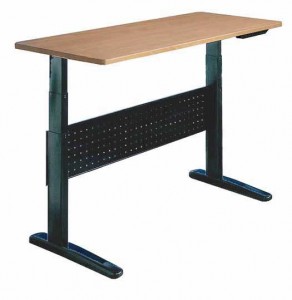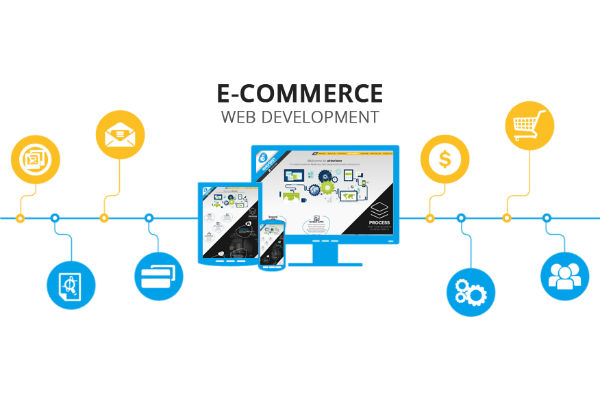by Adam Witty, Founder and CEO of Advantage | ForbesBooks
Computing pioneer Alan Kay said, “Scratch the surface in a typical boardroom and we’re all just cavemen with briefcases, hungry for a wise person to tell us stories.”
Storytelling is the hot trend in business communications. Smart entrepreneurs are rushing to humanize their websites, marketing outreach and presentations with inspirational stories of the creation, challenges and success of their companies. They’re discovering that telling their story, whether via a 280-word tweet, a 280-line speech or a 280-page book, may be the most effective way for them to connect with potential customers.
As a business book publisher who’s been working with entrepreneurs and CEOs for over a decade, I can tell you that there are stories I heard in 2005 that have stayed with me and some from last week that I’ve all but forgotten. With an effective story, your company lives in the minds of customers. Without one, it fades into the background.
Through all this, I’ve picked up a few tips on how to make your story unique and memorable.
1. It’s about them.
Researchers have found that to be effective, a story has to be clearly relevant to the customer’s own individual experiences and concerns. If it isn’t, they tune out. So when you share your story on a blog, in a presentation or on your website, ask yourself ‘what’s in it for my audience?’ Are they getting useful information out of this – information that will engender trust – or have I wasted their time?
2. Grab their attention.
Studies show that the average adult’s attention span is 8 seconds – less than that of a goldfish – so share the most dynamic part of your journey at the beginning.
Entertain: The most effective speeches, presentations, websites and business books use the same techniques as any greatstoryteller. They have a beginning, a middle and an end or, in business parlance, inspiration, conflict and resolution. Share the drama, the failures, the successes and all the emotion attached to the ride. These are the moments that will create a connection between you and potential clients.
3. Keep it simple.
It’s easy to convince ourselves that the details of our stories are fascinating. They’re not. The simpler a story, the more likely it will stick. Share who you are, how you got there and the lessons your audience can learn from your story. The End.
4. Don’t boast or exaggerate.
The quickest way to lose an audience and potential customers is with a self-congratulatory tribute. You should be a central figure in your story but don’t be obnoxious about it. Share the glory. And no fake news. Did the seed money really come from tips you made as a waiter, or did it have something to do with that gift your parents gave you? All information is traceable, so tell the truth. If you lose the trust of your customers, you’re out of business.
5. Be Optimistic.
Whether your audience is live or online, they want you to leave them feeling hopeful. How they feel will feed directly into whether they want to continue their relationship with you. As Maya Angelou said, “At the end of the day people won’t remember what you said or did, they will remember how you made them feel.”
6. Now mix, bake and spread.
Put all this together and create versions of your tale that can be shared at a business gathering, a cocktail party or an elevator ride. Write them down. Check off all the boxes. Use this mnemonic: STORIES. Simple + Truthful + Optimistic + Relevant + Immediate Impact + Entertaining = Success. Practice them in front of people. Got it? If so, you’ve got a story that can take you and your business far.
Adam Witty is the Founder and CEO of Advantage | ForbesBooks, the authority marketing specialists. Working with business entrepreneurs and professionals to elevate their brands and grow their businesses through publishing, he has built the company into one of the largest business book publishers in America, serving over 1,000 members in 40 U.S. states and 13 countries. Adam is also a sought-after speaker, teacher, and consultant on marketing and business growth techniques for entrepreneurs and authors.
from Young Upstarts https://ift.tt/2rauNPf via website design phoenix


















